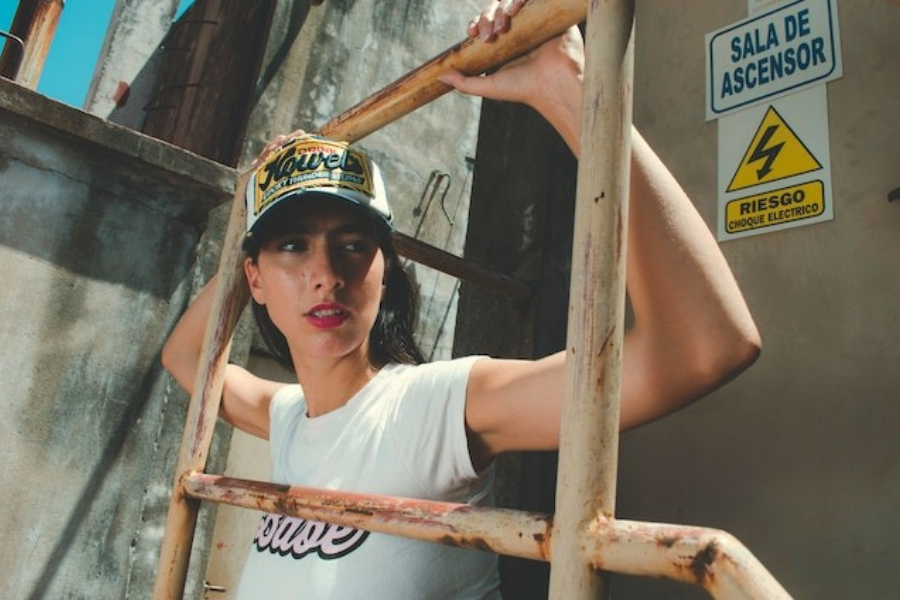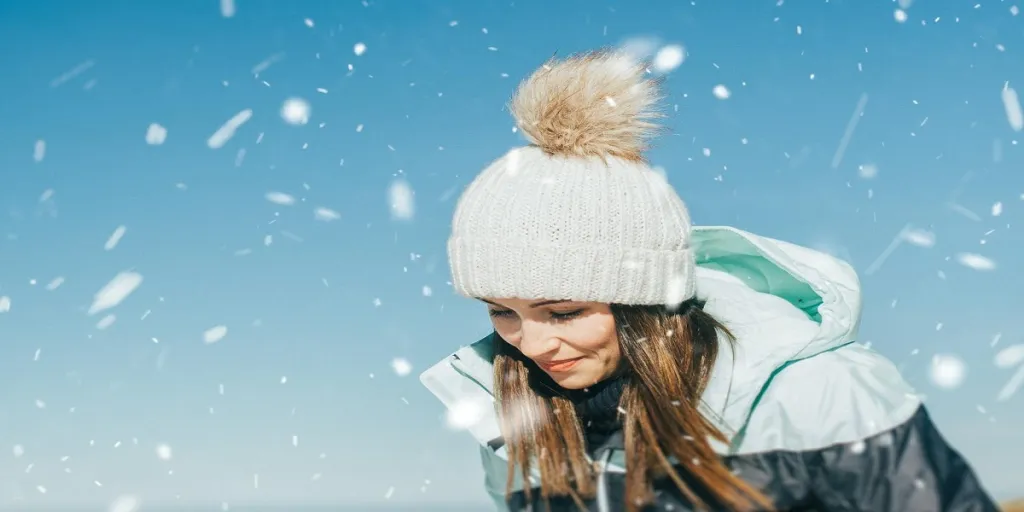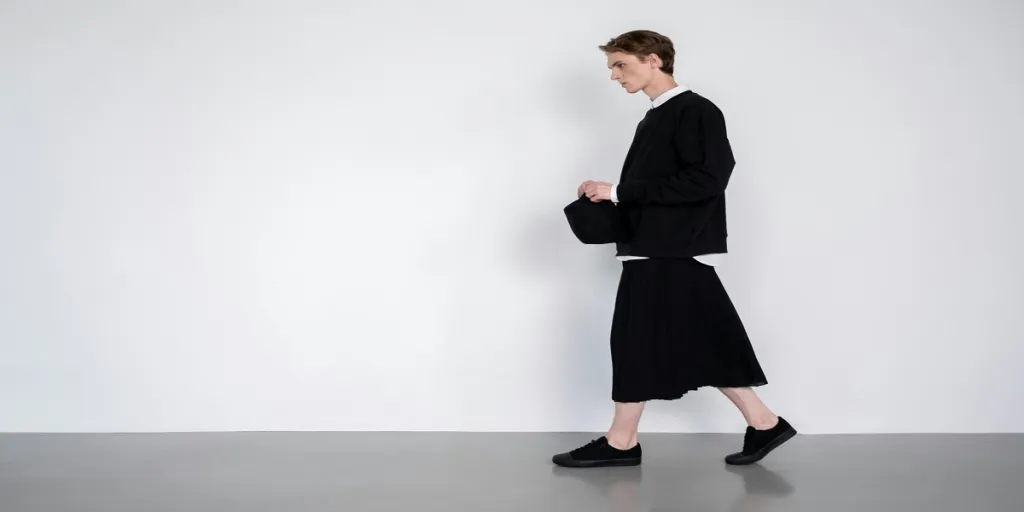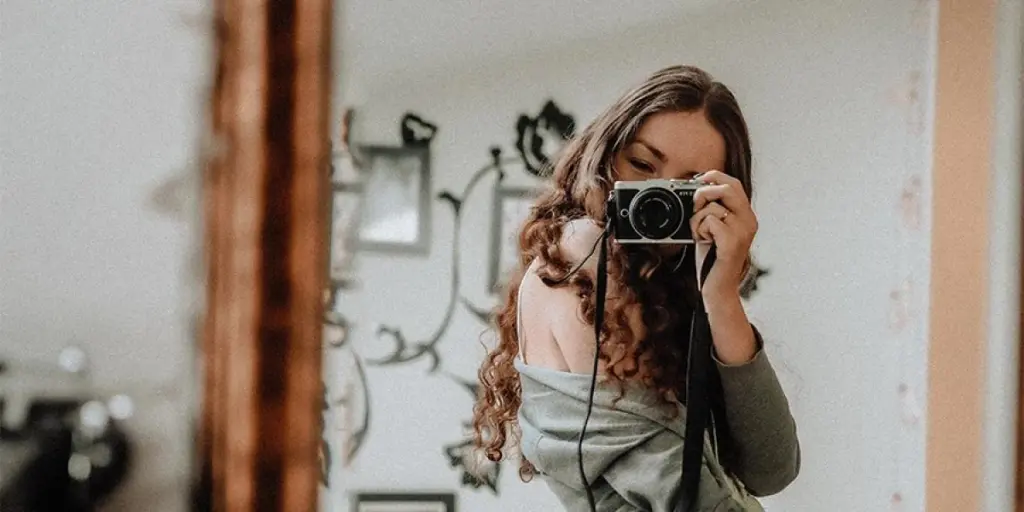Retailers that want to add to their current headwear product lines should consider making custom winter hats. Read on to discover how retailers can reap the benefits of making custom winter hats.
Table of Contents
Overview of the global winter hat market
Why should retailers make custom winter hats?
The hat styles that are ideal for customization
Steps of the customization process
How to leverage this insight to maximize sales
Overview of the global winter hat market
The global winter hats market size was valued at USD 25.7 billion in 2021 and is expected to expand at a compound annual growth rate (CAGR) of 4% from 2022 to 2030. Changing environmental conditions, cold weather, the impact of social media, and the acceptance of online and mobile shopping fuel the popularity and continued growth of the winter hats market. Beanies are clearly the must-have hat. Beanies dominated the winter hat market accounting for a revenue share of over 40% in 2021. Pom-pom beanies, knit beanies, and acrylic beanies are all highly sought after by men, women, and children who live in or visit places with colder weather conditions.

Why should retailers make custom winter hats?
Fill a void within their accessories categories
Retailers who cater to fashion-savvy consumers know that their consumers will be looking for the best trending hat styles they’ve seen in street style, magazines, and on social media. Partnering with a reliable custom hat supplier can help the retailer quickly fill a gap in missed opportunities such as colors, design, styles, and sizes.
Increase retail and brand awareness
High-quality, custom winter hats can be part of a retailer’s fall/winter marketing strategy. There are many different promotional products that a retailer can customize. Some promotional products are limited as to where they can be seen. Custom hats are an item that is worn in public and worn often. When a retailer puts their logo on a custom winter hat, people tend to take notice. Therefore, retailers benefit from free advertising each time a consumer puts on their custom-branded design to wear in public.
Distinguish themselves
Retail is a highly competitive industry. Retailers that make custom winter hats can really stand out from a crowd of other apparel and accessory stores that sell similar products. Offering custom winter hats to consumers results in a distinct product that other retailers may not have.
Use them in social media giveaways
Retailers that want to engage with their followers and create excitement can plan a social media giveaway. Custom winter hats are ideal to give away to a retailer’s social media followers and promote the business. Moreover, giveaways are a great way to boost a retailer’s online recognition.
Use them as part of a promotion
Custom winter hats can be used in various promotions. They can be given away as a perk of a retailer’s customer loyalty program. Custom winter hats can also be offered as a gift with purchases to help drive sales during the holiday season.
Give them as gifts
Retailers often give gifts as a token of appreciation to individuals who have played a role in the success of their company. Retailers can gift a custom winter hat to their employees, vendors, investors, clients, and business partners.

The hat styles that are ideal for customization
Baseball caps, trucker hats, balaclavas, and beanies are all suitable for customization. These are all currently on-trend silhouettes for the winter cold months. Retailers can seize opportunities when they focus on items that are proven to perform well, such as beanies. A retailer may also use this knowledge to make custom beanies to meet the demand of their consumers.

Steps of the customization process
Each supplier has a process that a retailer must go through to place an order for custom winter hats. This ensures a smooth ordering process for both the retailer and the supplier. Read on to find out more about the different steps involved in placing a custom winter hat order.
Choose a verified supplier
Verified suppliers are assessed and verified by an independent third party. These suppliers have had their production capabilities, products, and process controls inspected to ensure that they are reputable and consistent. Verified suppliers are certified experts in their industry.
Choose a hat style
Popular styles include baseball caps, trucker caps, balaclavas, and beanies. All are currently trending and can be easily customized for winter. Retailers can capitalize on all these trending styles by partnering with a vendor for customization options. A good supplier knows which hat styles are trending and can recommend bestsellers for a retailer to consider customizing.
Select the type of fabric
Suppliers usually have a variety of fabrics to choose from. These fabrics are typically in-stock and ready for production. Some suppliers will source a special fabric at the retailer’s request. When customizing a winter hat, winter fabrics like wool, fleece, acrylic, or corduroy are suitable for keeping the head warm.
Submit a logo for mockup
Retailers will need to submit their logo artwork in PDF or AI format to the supplier for mockup purposes. A mockup is a sample or picture of how the final product would look. This mockup will need to be approved or edited by the retailer for production to proceed.
Choose branding details
Once retailers submit their logo details, styling and design details can be confirmed. Suppliers offer many options for logo placement and styling. Logos could be embroidered, embossed, screen printed, or placed on a removable velcro patch. Those are just a few of the many ways a retailer’s logo could be styled. Options will vary among suppliers.
Choose from a selection of colors
Most suppliers can accommodate almost any color choice. If retailers have a special color request, they can submit a Pantone color reference to the supplier for color-matching purposes. Suppliers may have their own color options that retailers can choose from.
Choose the appropriate labels
This refers to any labels that are attached to the inside or outside of the hat. Some are for branding while others are for care directions. Retailers will need to decide on colors for all labels.
Choose the desired quantity
Some suppliers have MOQs (Minimum Order Quantities). This is the minimum quantity of a product that can be ordered from a supplier. Each supplier has a different MOQ, and some have it set to one. Most suppliers will offer special pricing depending on order quantity. The discount is often a tiered discount and encourages a retailer to buy more in order to save more. Some suppliers may charge a fee in instances when a retailer is allowed to place an order below the MOQ. Suppliers have MOQs in place to prevent the waste of resources and to ensure a profitable order.
Consider a supplier’s required lead time
Lead time is the amount of time needed to complete a production process. This goes from the time when an initial order is placed right up to the delivery of the goods. Retailers should be aware of some factors that can affect lead time. The more a product has to be customized, the longer the lead time could be. Also, it often takes more time for a supplier to source special fabrics and trims. In contrast, the lead time is typically shorter when a supplier is able to customize a product using resources that it has immediately available. If retailers are not working with a time constraint, then a longer lead time might not be an issue. However, some retailers might not be in a position to work with a long lead time. In those instances, they may have to work with in-stock options for an earlier delivery or adjust their delivery date accordingly.
How to leverage this insight to maximize sales
Retailers can use this guide to confidently and strategically place custom winter hat orders. Understanding the customization process, the terminology, and the current winter hat trends are all key to a retailer’s successful and profitable custom hat order. Whether they’re used in a promotional manner or as part of a distinct hat line, retailers can offer an exclusive accessory that their consumers won’t be able to find anywhere else. Retailers that can anticipate their consumers’ winter hat needs and secure the right products for their stores at the perfect time will have a profitable season.




